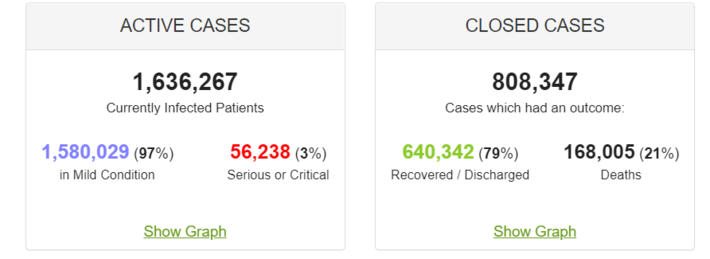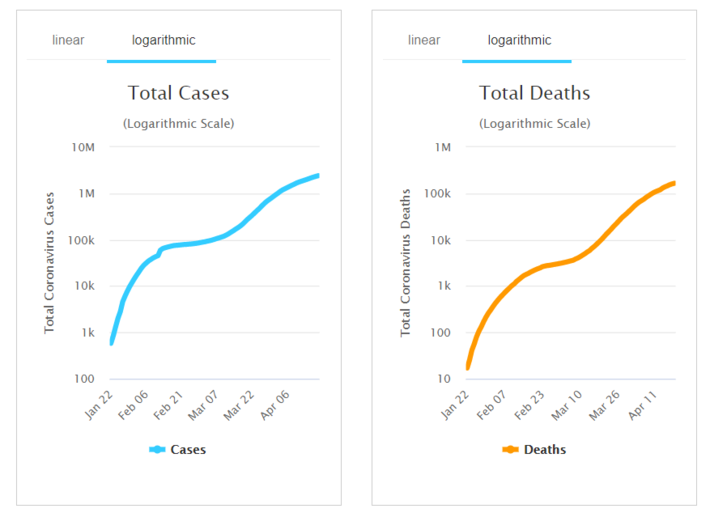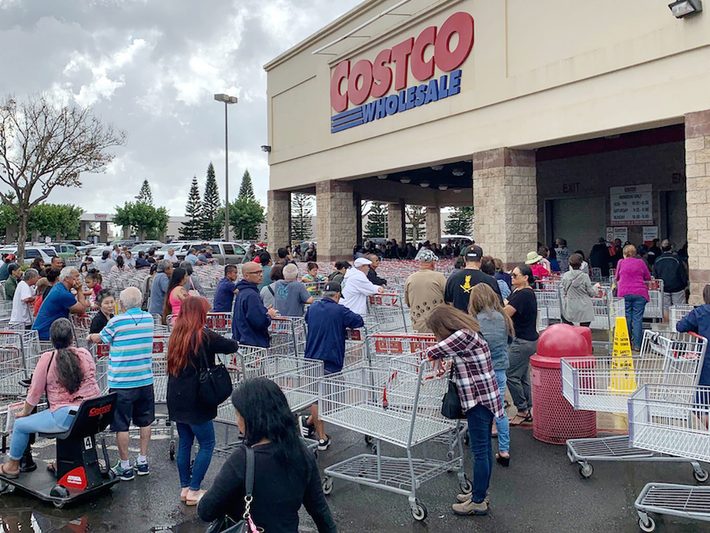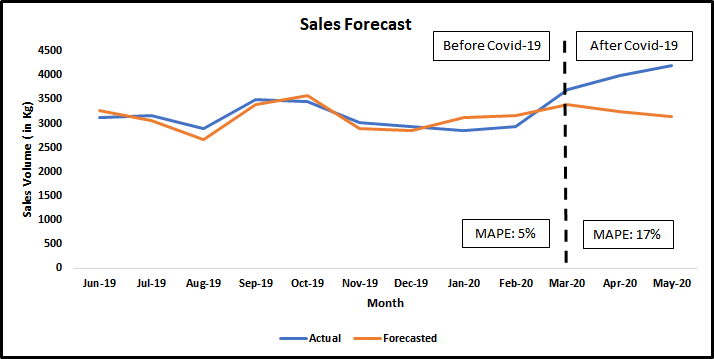Covid-19 has brought misery to the world, many lives have been lost, cities wear a deserted look and economies are on the verge of collapse.

Source: https://www.businessinsider.com/
At this point of writing this article there were 2,444,614 number of cases (1,636,267 active cases) worldwide and 168,005 number of deaths.



Supply Demand shock:
Across the world, the retail space has seen a huge supply — demand shock. There is an increase in demand for all essential products and the supply has not been able to meet the all the requirement. People have been hoarding basics and essential food items.
In this light of things, how should you go about your MMM models.
Before we get to that, let us look at the many ways your current MMM model could fail!
How and where your MMM model could fail:
Most Marketing mix models account for the impact of internal factors like distribution, price, marketing advertisements (TV, print, radio Digital ads and campaigns) and competition activity. In a pandemic situation, many external factors also impact sales. Let us see how:
- The extreme demand from customers, due to panic, leads to demand supply shock where the supply is unable to meet the high demands.
- Lockdown (shelter-in) in many countries have led to disruption in the supply chain and slow delivery of CPG goods to consumers.

In this scenario, the typical MMM inputs would not function as usual:
- The advertisements would not have much impact on sales. People will buy those brands which they are used to buying. The brand will sell primarily due to its brand equity.
- However, in case of shortage of the goods from the preferred brand, people might switch to other brands available in the market (effect of substitutes come into play here).
- Distribution would be an important component of MMM here, as the availability of the preferred brand matters.
- Price would not impact sales much, as people would be looking to stock up regardless of the price.

So, if you are an old brand (with strong brand equity) and with a strong distribution, you could thank your stars. As distribution and Brand equity would be the key drivers of your sales.
What will your marketing and sales KPI reports look like ?
- You would see a huge uptick in sales
- ROIs will be high
- Retailers constantly ringing your distributors to supply the goods
In an ideal world, all the above scenarios would call for celebrations. But don’t start your celebrations just yet!
Ask why?
Because all these market changes are artificial or induced by force. These are not organic growths !!
How your MMM model would be impacted:
- Huge Divergence in your forecasted sales from your actual sales. The statistical measures like MAPE (Mean Absolute Percentage Error) which is used to measure the model accuracy could become too high.

The above picture shows the divergence between actual sales and forecasted sales. This is likely to happen in this scenario as the model would not be able to capture sudden changes in sales .The forecasted figures would vary greatly from actual numbers.
- Marketing levers (Distribution, price, media spends) might not work as usual and may not have the same effectiveness/ROI as predicted. The high ROIs could be due to high sales (for some brands) in this scenario.
- Wrong attribution — Sales could be attributed wrongly to the marketing inputs present in the model.
- Heteroscedasticity: The sales trend could show significant changes from the beginning to end of the series. Hence, the model could have heteroscedasticity. One of the reasons for heteroscedasticity is presence of outliers in the data or due to large range between the largest and smallest observed value.
- Autocorrelation: Also, the model could show signs of autocorrelation due to missing independent variable (the missing variable being Covid-19 variable).
What you can do to fix your MMM model?
- The MMM model must be revised using the latest data/real time data to study the contribution to sales for each marketing effort.
- Since this was a one-off unpredictable event (Covid-19), the model must now account for this unpredictable scenario to get the correct ROI numbers. A dummy variable could be introduced which would account for Covid-19 situation and get the right contributions and ROI for each marketing effort.
The contributions to sales from marketing inputs would change once the dummy variable for Covid-19 is added in the model. Model with contributions without Covid-19 dummy (previous model) and model with contributions with Covid -19 can be compared (revised model). The difference would help quantify the unaccounted attribution due to covid-19.
- All the necessary statistical tests (VI test for multi-collinearity, DW test for auto-correlation and Breusch-pagan test for homoscedasticity) should be performed on the revised model.
- Once the model is revised, it would reflect the market reality more correctly.
- The revised model could now be used by the brand/marketing teams for various scenario planning and also for drawing correct inferences.
Leverage your MMM model to plan your brand and spend strategy
- Digital is the way to go: Increasing digital marketing spends would help brands improve their brand equity and awareness. More number of people are hooked to their TVs (Netflix, Hulu etc), browsing websites/YouTube etc. The Share of voice for the brands will increase.
- Focus on radio/podcast: Podcasts are a thing of the present and future. Wide variety of topics are covered in podcasts these days and they have a growing customer base. Podcasts are being used by many brands for their promotions. They can be a good substitute for billboards, hoardings and print media during the lockdown period.
- Induce nostalgia to remind of happier times: Now is a good time to remind people of the good old times. Some brands have been following this approach greatly. E.g. Amul, one of the top dairy brands in India is telecasting some 30 years old advertisements on the most watched TV Channels to connect with their customer base and increase loyalty towards their brand.
I hope and pray that this covid-19 ordeal ends soon. Wish you all good health.
Stay safe.
